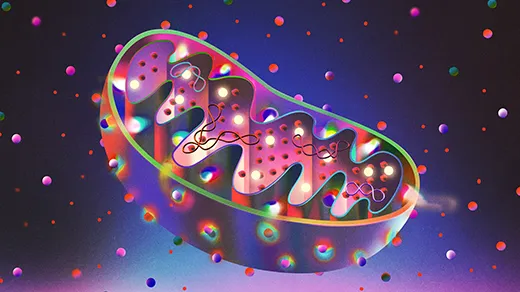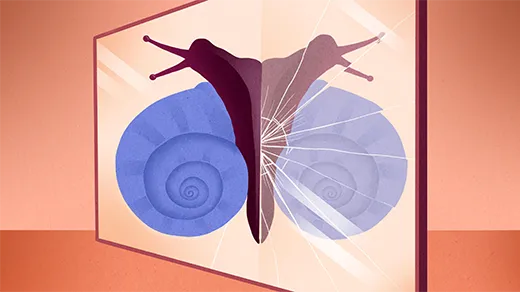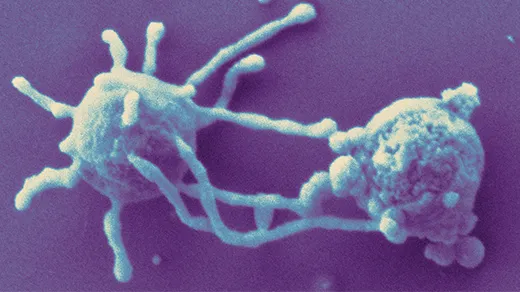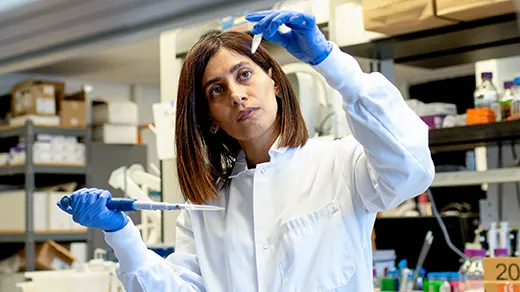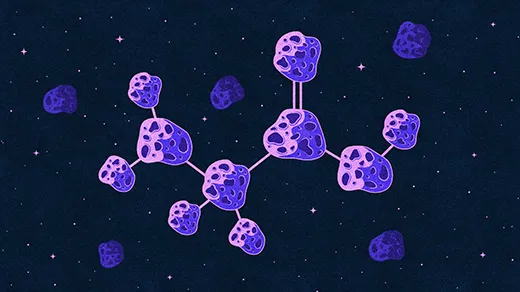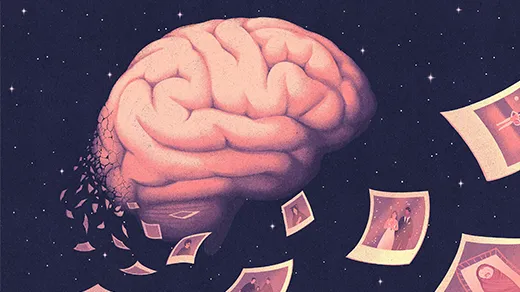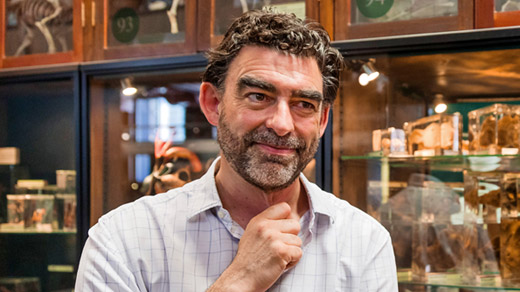What's up in
Origins of life
Latest Articles
Deep Beneath Earth’s Surface, Clues to Life’s Origins
Last spring, scientists retrieved a trove of mantle rocks from underneath the Atlantic seafloor — a bounty that could help write the first chapter of life's story on Earth.
The Year in Biology
In a year packed with fascinating discoveries, biologists pushed the limits of synthetic life, probed how organisms keep time, and refined theories about consciousness and emotional health.
Magnetism May Have Given Life Its Molecular Asymmetry
The preferred “handedness” of biomolecules could have emerged from biased interactions between electrons and magnetic surfaces, new research suggests.
A New Idea for How to Assemble Life
If we want to understand complex constructions, such as ourselves, assembly theory says we must account for the entire history of how such entities came to be.
Primitive Asgard Cells Show Life on the Brink of Complexity
As researchers race to cultivate more of the intriguing cells from the deep seafloor, the few cells now growing in labs are giving us our best glimpses of the forerunners of all complex life.
Starfish Whisperer Develops a Physical Language of Life
Nikta Fakhri is adapting and extending concepts from physics to describe how tiny biological components give rise to living organisms.
Inside Ancient Asteroids, Gamma Rays Made Building Blocks of Life
A new radiation-based mechanism adds to the ways that amino acids could have been made in space and brought to the young Earth.
The Year in Biology
Momentum for new ideas in Alzheimer’s research joined advances in neuroscience, developmental biology and origin-of-life studies to make 2022 a memorable year of biological insights.
A Biochemist’s View of Life’s Origin Reframes Cancer and Aging
The biochemist Nick Lane thinks life first evolved in hydrothermal vents where precursors of metabolism appeared before genetic information. His ideas could lead us to think differently about aging and cancer.

